Are you a Vet Patient with an Authorization Code? Click Here
Shop by the Carton
*For Vet Practices only, drop shipping prohibited.
-
 Vet Partner Pricing
Vet Partner PricingCase of Vet Strength MYOS Formula (6 x 15.5 oz Canisters)
Regular priceRegular priceUnit price per -
 Vet Partner Pricing
Vet Partner PricingCase of Myos Canine Muscle Formula (6 x 12.7 oz Canisters)
Regular priceRegular priceUnit price per -
 Vet Partner Pricing
Vet Partner PricingCase of VET XL (6 x 880g Canisters)
Regular priceRegular priceUnit price per -
 Vet Partner Pricing
Vet Partner PricingCase of JUMBO MYOS Canine (3 containers of JUMBO)
Regular priceRegular priceUnit price per -

Case of MYOS Canine Muscle & Joint Formula with Green Lipped Mussel (6 x 6.98 oz Canisters)
Regular priceRegular priceUnit price per -
 Vet Partner Pricing
Vet Partner PricingCase of MYOS Muscle & Mobility Collagen Chews (6 x 6.35 oz Containers)
Regular priceRegular priceUnit price per -
 Vet Partner Pricing
Vet Partner PricingCase of MYOS Feline Muscle Formula ( 6 x 6.35 oz Canisters)
Regular priceRegular priceUnit price per -

Case of MYOS Feline Muscle & Joint Formula with Green Lipped Mussel (6 x 6.98 oz Canisters)
Regular priceRegular priceUnit price per

RECOMMENDED BY OVER
1,000 veterinarians
We work with veterinarians and animal muscle health professionals from around the world and want to help you.

Vet Referral
Refer veterinarians to discover Myos, and when they make their first purchase, both you and your referred colleague will receive a complimentary canister of Myos Vet Strength Canine Muscle Formula (retail price $94.99).
Share the benefits and enjoy the rewards together!
Single Products
*For Vet Practices only, drop shipping prohibited.
-
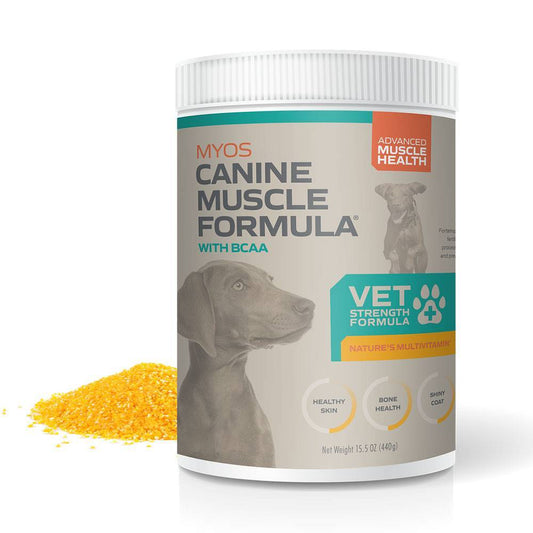 Vet Partner Pricing
Vet Partner PricingVet Strength MYOS Formula
Regular priceRegular priceUnit price per -
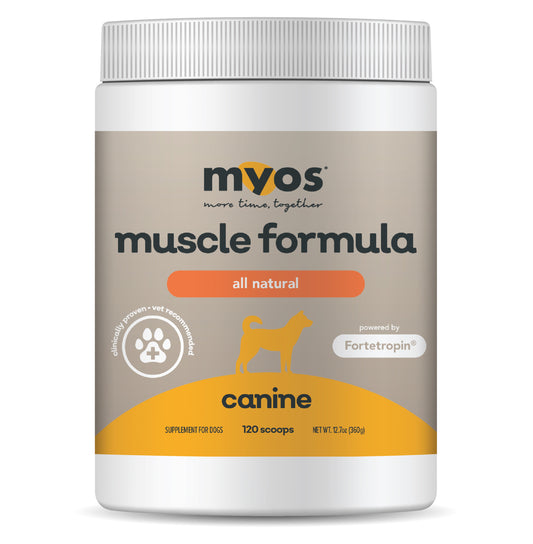 Vet Partner Pricing
Vet Partner PricingMYOS Canine Muscle Formula 12.7 oz Canister
Regular priceRegular priceUnit price per -
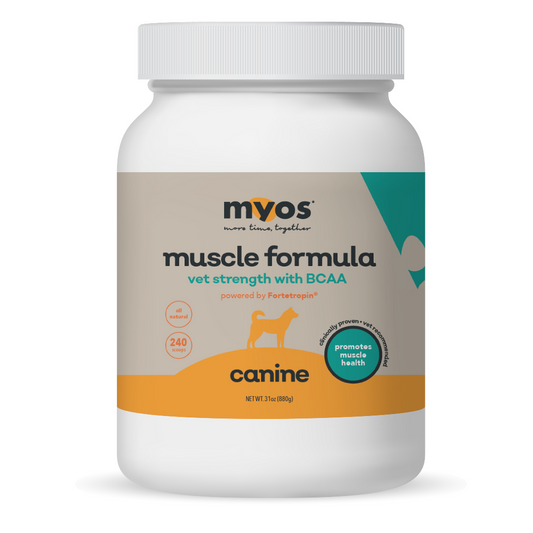 Vet Partner Pricing
Vet Partner PricingMyos Canine Muscle Formula VET XL Canister @ 880g ea
Regular priceRegular priceUnit price per -
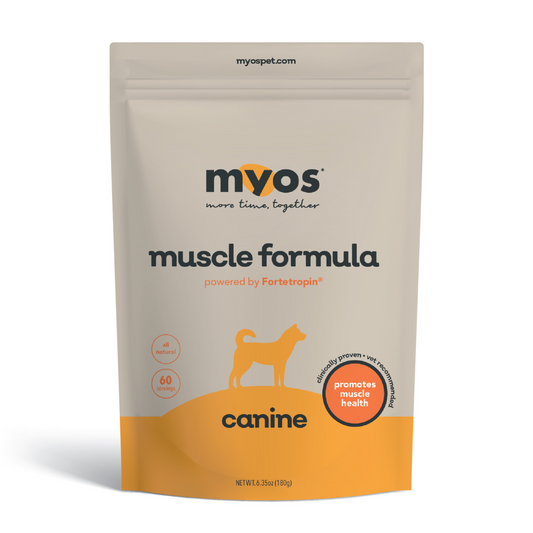 Vet Partner Pricing
Vet Partner PricingMYOS Canine Muscle Formula 6.35 oz
Regular priceRegular priceUnit price per -
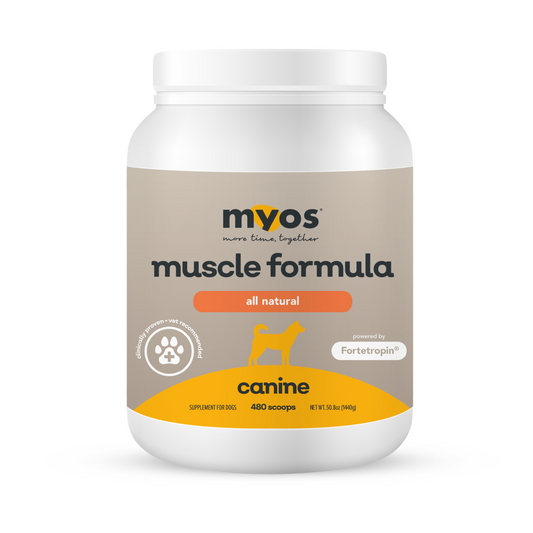 Vet Partner Pricing
Vet Partner PricingJUMBO MYOS Canine Muscle Formula
Regular priceRegular priceUnit price per -
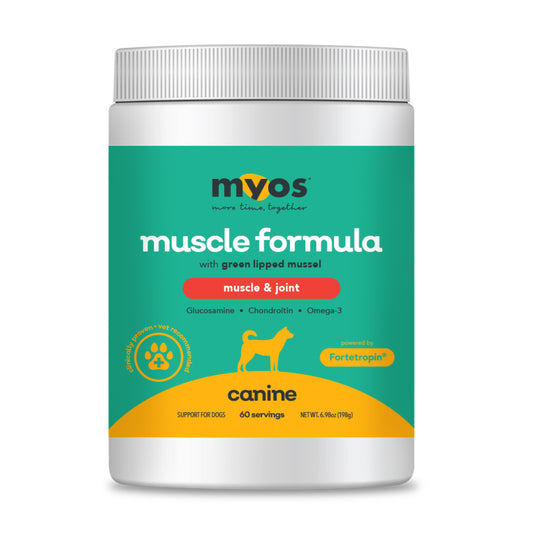 Vet Partner Pricing
Vet Partner PricingMYOS Canine Muscle & Joint Formula with Green Lipped Mussel
Regular priceRegular priceUnit price per -
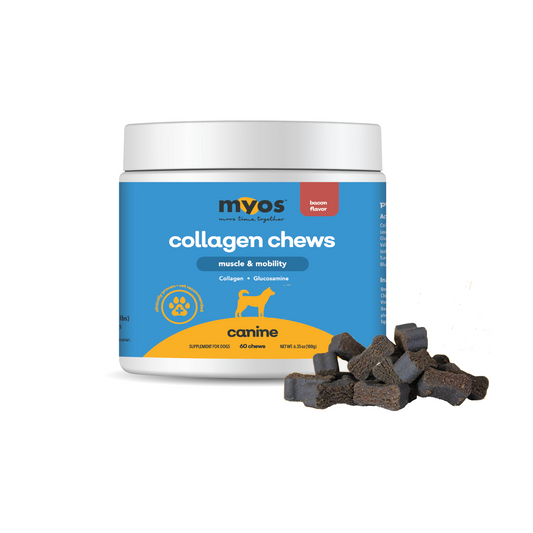 Vet Partner Pricing
Vet Partner PricingMYOS Muscle & Mobility Collagen Chew
Regular priceRegular priceUnit price per -
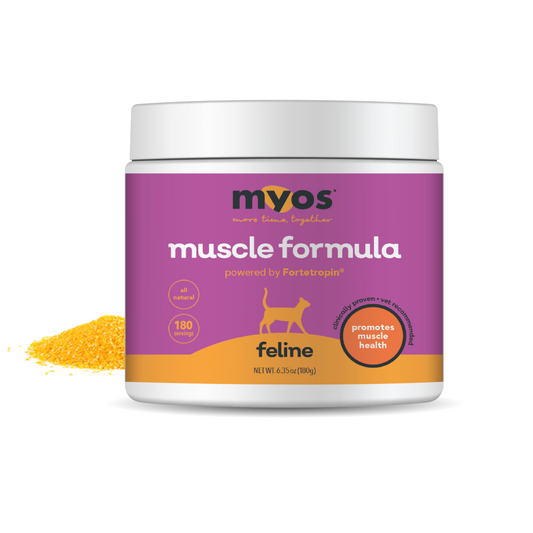 Vet Partner Pricing
Vet Partner PricingMYOS Feline Muscle Formula
Regular priceRegular priceUnit price per -
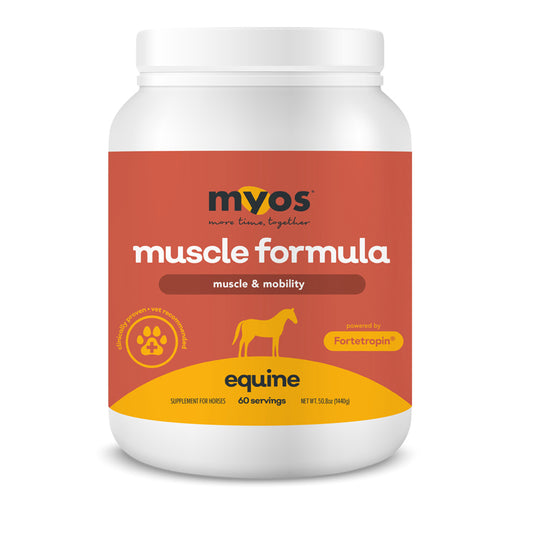 Vet Partner Pricing
Vet Partner PricingMyos Equine Muscle Formula
Regular priceRegular priceUnit price per -
 Vet Partner Pricing
Vet Partner PricingMYOS Feline Muscle and Joint Formula with Green Lipped Mussel
Regular priceRegular priceUnit price per -
MYOS Canine Muscle Formula Samples
Regular priceRegular priceUnit price per -
SAMPLES - MYOS Vet Strength
Regular priceRegular priceUnit price per
- Choosing a selection results in a full page refresh.
- Opens in a new window.





















